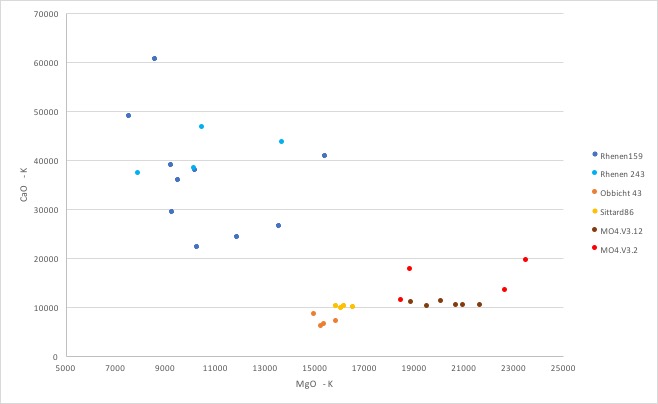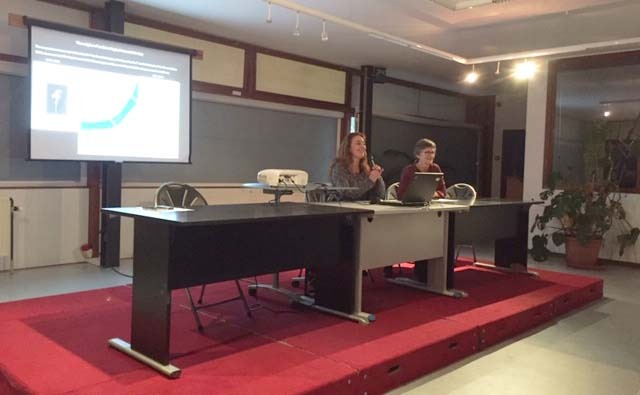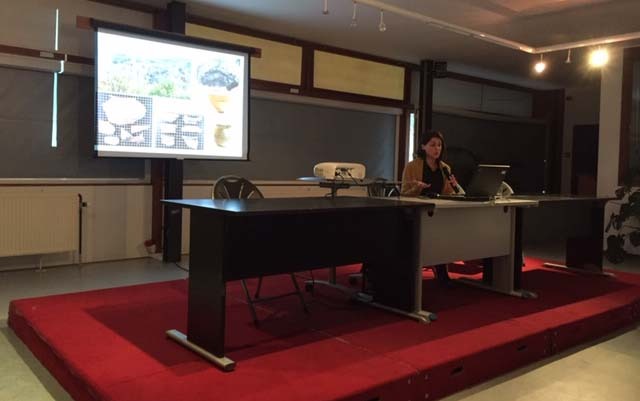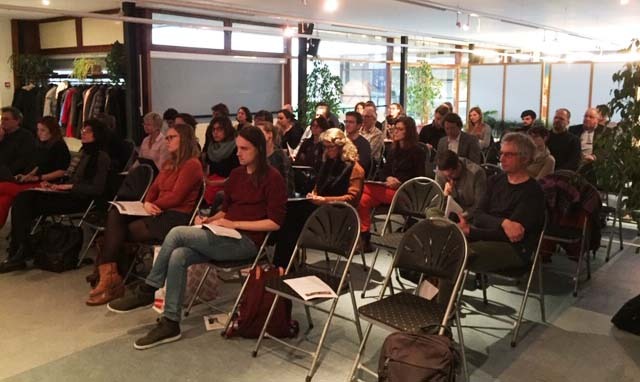As published by R. Legoux, Merovingian pots with the same decoration can be found in distant places. In 2017, M. Kars and F. Theuws noticed that pots with identical roulette stamp impressions are known from the cemetery of Sittard (grave 86), Obbicht (grave 43) and Rhenen (grave 159). Six fragments with a similar impression were also found in the potters’ kiln n°4 excavated in Maastricht-Wyck. The sites of Obbicht, Sittard and Maastricht are 20 km apart, but the distance between them and Rhenen is about 125 km. It is certain that the roulette stamp was used in Maastricht-Wyck and that this workshop produced pots with this decoration. So, the pot from Rhenen might have come from this place.
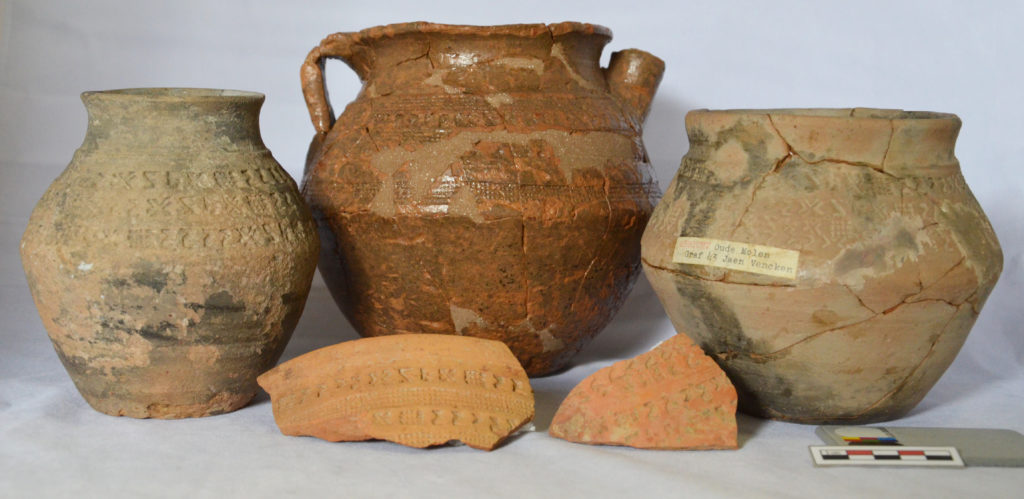
In order to prove it, this week, we proceed to macroscopic exams and to chemical analyses by PIXE-PIGE in order to know if the techniques and materials were the same and in order to check if the pot found in Rhenen was “made in Maastrich”.
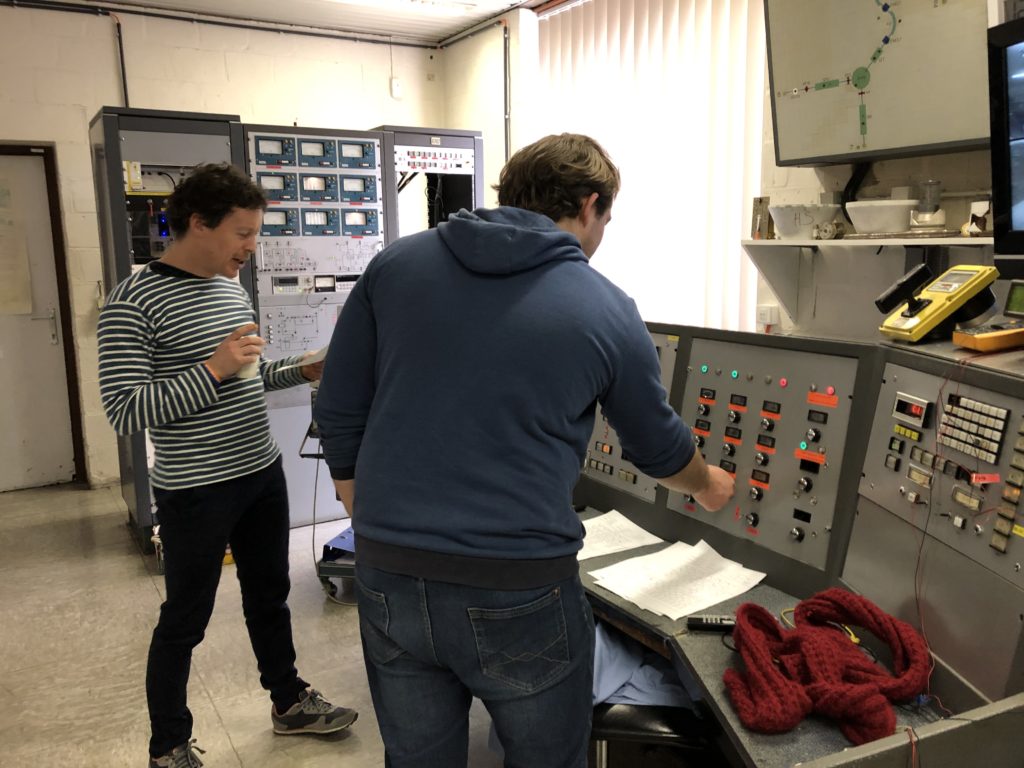
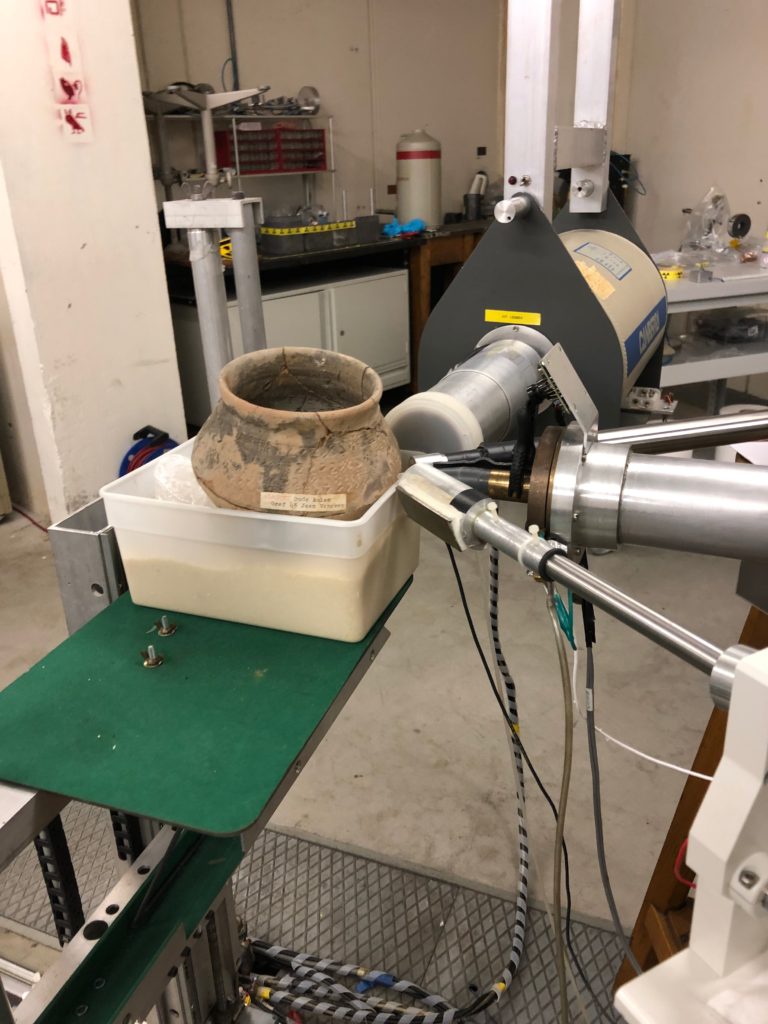
The first results show that the clay is different and that the pot from Rhenen was not produced at the same place that those found in Limburg. If they still need to be controlled, they might be the proof of artisans’ movements.
